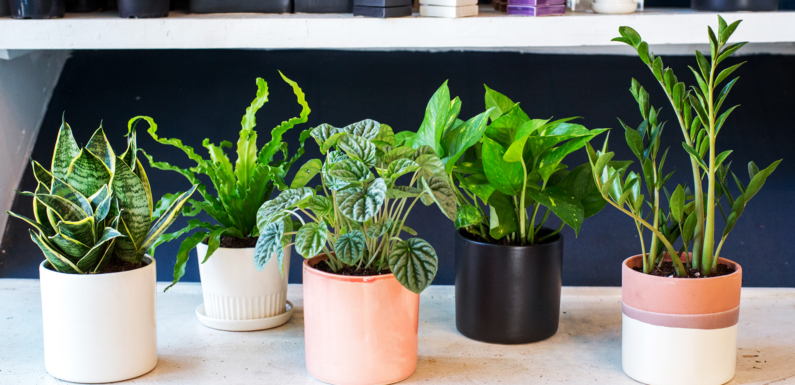
Do you want to create a more comfortable, healthy, and inspiring work environment? If so, you might want to consider adding some indoor plants to your office space. Indoor plants are not only beautiful and decorative, but they also have many benefits for your physical and mental health. In this article, we will discuss some of the benefits of indoor plants, and provide some guidance on how to choose and arrange them to enhance your office.
Benefits of Indoor Plants
Indoor plants can improve your office in many ways, such as:
– Improving air quality: Indoor plants can filter out harmful pollutants, such as formaldehyde, benzene, and carbon monoxide, from the air. They can also increase the humidity level, which can prevent dry skin, throat irritation, and respiratory infections. According to a study by NASA, some of the best air-purifying plants are peace lily, snake plant, spider plant, and aloe vera .
– Reducing stress levels: Indoor plants can create a more soothing and natural atmosphere, which can lower your blood pressure, heart rate, and cortisol levels. A study by the Journal of Physiological Anthropology found that working with plants can reduce both physiological and psychological stress .
– Sharpening attention span: Indoor plants can enhance your cognitive abilities, such as memory, concentration, and creativity. A study by the University of Michigan found that being exposed to natural elements can boost your attention span by 20% .
– Increasing productivity and job satisfaction: Indoor plants can make you feel more motivated, engaged, and happy at work. A study by the University of Exeter found that adding plants to a previously spartan office increased productivity by 15% . Another study by Texas A&M University found that workers who had plants in their offices were more satisfied with their jobs than those who did not .
Choosing and Arranging Indoor Plants
Now that you know some of the benefits of indoor plants, how do you choose and arrange them for your office? Here are some tips:
– Different plants have different light requirements, so you need to choose plants that suit your office’s light exposure. For example, if your office has low light, you can opt for shade-tolerant plants like ZZ plant, pothos, or philodendron. If your office has bright light, you can choose sun-loving plants like succulents, cacti, or orchids.
– Consider the maintenance level: Different plants have different water and fertilizer needs, so you need to choose plants that match your availability and commitment. For example, if you are busy or travel frequently, you can choose low-maintenance plants like snake plant, sansevieria, or air plant. If you have more time and enjoy caring for plants, you can choose high-maintenance plants like ferns, palms, or bonsai.
– Consider the size and shape: Different plants have different sizes and shapes, so you need to choose plants that fit your office’s space and style. For example, if you have a small desk or shelf space, you can choose compact or trailing plants like jade plant.
